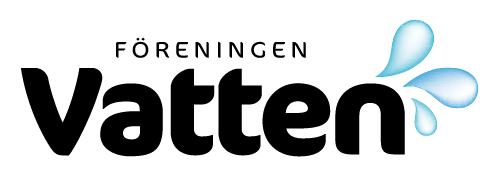Utvärdering av dagvattensystemets hållbarhet i Augustenborg, Malmö / Evaluation of a sustainable urban drainage system in Augustenborg, Malmö
Sustainable management of stormwater in urban environments can result in economic gains for the society. However, there are only a few studies made on the evaluation of social and environmental impacts of a sustainable urban drainage system. In the present work, a subjective method has been developed for evaluating the sustainability of elements from a […]
Dew Water Harvest Experiment in a Semi-arid Environment, China / Vattenutvinning från dimma, ett experiment i semiarid miljö, Kina
Fog collection by man-made collectors has been proved to be a non-conventional source of water. Applications exist in many countries where conventional methods cannot provide an adequate supply of water. Alternative ways of gathering water in arid and semi-arid environments have always meant a challenge for dwellers of those areas. Recently, fog-water harvest is becoming […]
Dagvattenhanteringens effekter på förutsättningarna för biologisk mångfald av kransalger i Lillsjön, Jämtland / Urban stormwater management and its implications for biodiversity of Chara species – an example from Northern Sweden
Release and load of urban stormwater can affect biodiversity in recipients in both a short and long term perspective. For shallow lakes where natural shifts can occur between clear water and turbid water states due to asymmetric competition between different groups of algae, the role of urban stormwater load over the long term is of […]
The role of springs in the history of Sweden / Källornas roll under historiens gång i Sverige
Springs have always been used for water supply. The first settlements from the Stone Age were often located close to springs as well as many farms and crofts later on in the forests and highlands. Several of the growing towns and villages from the Middle Ages were supplied by water from springs. Spring cults were […]
The effects of intermittent supply and household storage in the quality of drinking water in Maputo / Förändringar i dricksvattenkvalitet i Maputo på grund av intermittent försörjning och tanklagring i hushållen
A serious problem arising from intermittent supplies is the associated high level of contamination and public health hazards resulting either from ingress of contaminated water or from prolonged storage. This paper discusses the overall condition of the drinking water quality of intermittent water supplies in Mozambique. The network of Maputo is used as an example. […]
Benefits of GIS Application in Hydrological Modeling: A Brief Summary / Fördelar med GIS i hydrologisk modellering, en kort sammanfattning
During recent years, Geographic Information Systems (GIS) as a powerful tool have had a tremendous impact on research techniques in the realm of geography and spatial analysis. The integrative ability of GIS to capture, store, manipulate, analyze, manage, and finally present all types of geographical spatial data, has drawn many attentions to it. Water Resources […]
Anthropogenic Influence on the Water Quality in the Lake Poopó Area, Bolivia / Mänsklig inverkan på vattenkvalitén i området kring sjön Poopó, Bolivia
Mining in Bolivia has been an important part of the economy for centuries, particularly in the Altiplano area. However, the mining activities have a negative effect on both the environment and the health of the people living in this area. This study summarizes knowledge of the historical as well as current environmental condition in four […]
Modeling the wave climate in the baltic sea / Modellering av vågklimat i Östersjön
Based on a 6-year simulation of the wave conditions for the Baltic Sea the wave climate at five locations along the Swedish SE coast was constructed. Using the WAM wave model to hindcast the waves between Jan 1st 2004 and Dec 31st 2009 the parameters significant wave height, direction of wave propagation, and spectral wave […]
